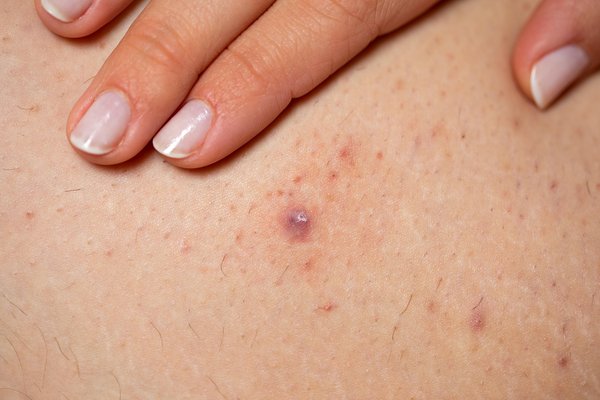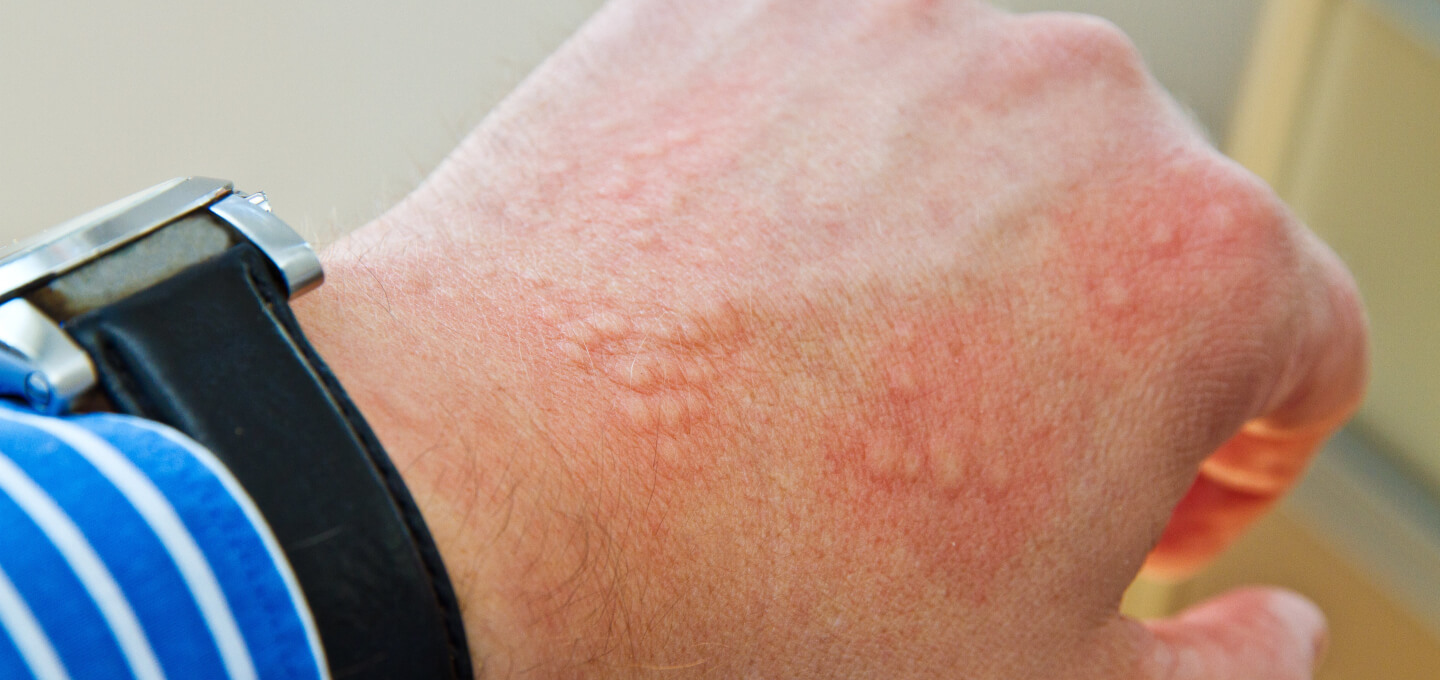
Skin irritation in the groin area is a widespread concern that can affect people of all genders and ages. The groin is a warm, moist, and often confined environment, which makes it a prime area for various dermatological issues. Understanding the causes, symptoms, and safe treatments of these conditions is essential for maintaining good hygiene and skin health.
1. Ingrown Hairs
What They Are
Ingrown hairs occur when hair curls back or grows sideways into the skin instead of rising up from it. This often causes red, itchy bumps that resemble pimples. In some cases, ingrown hairs can become infected, resulting in painful pus-filled lesions.
Causes
Shaving, waxing, or plucking hair too closely
Wearing tight clothing that causes friction
Naturally curly or coarse hair
Symptoms
Small, round bumps that may contain pus
Redness and inflammation
Itching or discomfort in the affected area
Treatment
Apply a warm compress to reduce swelling
Use exfoliating cleansers to remove dead skin
Avoid shaving until the area heals
In severe cases, consult a dermatologist
Source: American Academy of Dermatology

2. Folliculitis
What It Is
Folliculitis is an inflammation of the hair follicles caused by bacteria, fungi, or irritation. It appears as red or white-headed pimples around hair follicles and can be itchy or painful.
Causes
Bacterial infections, especially Staphylococcus aureus
Friction from tight clothing
Shaving or waxing
Exposure to hot tubs or poorly sanitized water
Symptoms
Red, inflamed bumps or pustules
Mild burning or itching
Tender skin around hair follicles
Treatment
Clean the area with antibacterial soap
Apply over-the-counter antibiotic ointments
Use warm compresses
In persistent or severe cases, oral antibiotics may be required
Source: Mayo Clinic

3. Tinea Cruris (Jock Itch)
What It Is
Tinea cruris, commonly known as jock itch, is a fungal infection that affects the groin, inner thighs, and buttocks. It is more common in men but can affect anyone. The infection thrives in warm, moist environments.
Causes
Excessive sweating
Wearing tight or non-breathable clothing
Sharing towels or personal items
Poor hygiene
Symptoms
Red, scaly patches with raised edges
Itching, burning, or irritation in the groin
Rash that may spread to thighs or buttocks
Treatment
Use antifungal creams like clotrimazole or terbinafine
Keep the area clean and dry
Avoid sharing personal items
Wear loose-fitting, breathable underwear
Source: Centers for Disease Control and Prevention (CDC)

4. Contact Dermatitis
What It Is
Contact dermatitis occurs when the skin reacts to an allergen or irritant. This reaction can happen due to detergents, soaps, synthetic fabrics, or body lotions.
Causes
Allergic reactions to perfumes, dyes, or latex
Irritation from tight or unwashed clothing
Prolonged exposure to sweat or moisture
Symptoms
Red, inflamed, or itchy patches
Peeling or flaking skin
Small blisters in some cases
Treatment
Avoid known irritants or allergens
Use fragrance-free moisturizers
Apply hydrocortisone cream to relieve itching
Consult a dermatologist if symptoms persist
Source: Cleveland Clinic

5. Intertrigo
What It Is
Intertrigo is a rash that occurs in skin folds, including the groin area. It results from friction, moisture, and lack of air circulation.
Causes
Excessive sweating
Friction between skin folds
Obesity or being overweight
Wearing tight, non-breathable clothing
Symptoms
Red, raw skin
Burning or stinging sensation
Bad odor from the affected area
Treatment
Keep the area dry with talcum or antifungal powders
Use barrier creams like zinc oxide
Treat any secondary infections with antifungal or antibacterial creams
Source: Healthline

Preventive Tips
Maintaining good hygiene and choosing the right skincare habits can go a long way in preventing groin irritation. Here are some best practices:
Shave with care: Use a clean, sharp razor and shave in the direction of hair growth. Consider using shaving cream or gel to reduce friction.
Choose breathable clothing: Wear cotton underwear and avoid tight synthetic fabrics.
Practice good hygiene: Wash the area daily and after heavy sweating. Dry thoroughly to prevent fungal growth.
Avoid sharing personal items: Towels, razors, and clothing can carry fungi or bacteria.
Use fragrance-free products: Harsh chemicals or perfumes can trigger contact dermatitis.
When to See a Doctor
While many groin-related skin issues can be treated at home, consult a healthcare provider if:
The rash persists for more than two weeks
There’s severe pain, swelling, or pus
You have a fever or flu-like symptoms
The rash spreads quickly or returns frequently
A medical professional can diagnose the condition accurately and prescribe the right treatment to prevent complications.
Conclusion
Groin area irritation may be uncomfortable, but it’s often preventable and treatable with proper care. Whether it’s ingrown hairs from shaving or a fungal infection like jock itch, the key is to maintain cleanliness, choose the right clothing, and address symptoms early. If in doubt, don’t hesitate to seek medical advice for a proper diagnosis and treatment plan.